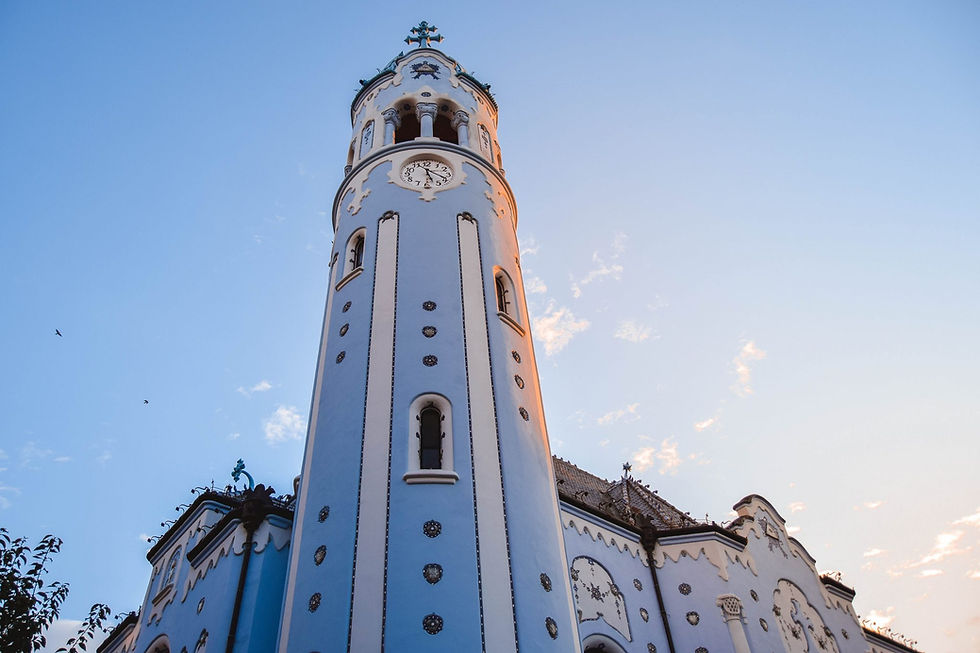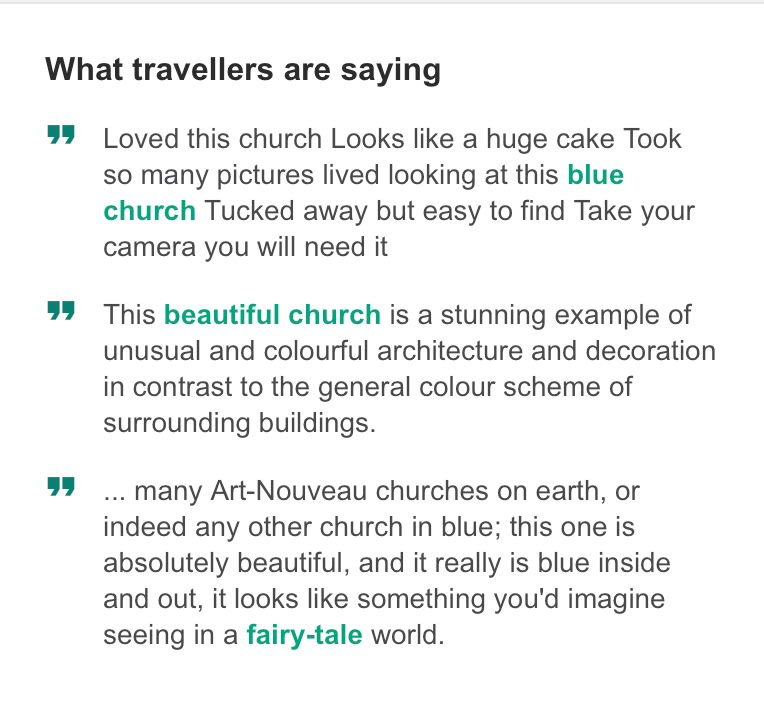Blue Church | Visit Bratislava
- Structures Insider

- Jan 16, 2020
- 2 min read
Updated: Aug 13, 2020

Officially known as the Church of St Elizabeth of Hungary, but commonly referred to simply as ‘the Blue Church’, this is Bratislava’s most appealing art nouveau building.
Its style, sometimes known as Hungarian Secession, is repeated in the nearby grammar school on Grösslingová Street.
Both were designed by Budapest architect Edmund Lechner and built in the early twentieth century (the church was consecrated on 11 October 1913).
Both the interior and exterior of the church are painted in shades of pale blue and decorated with blue majolica; even the roof is tiled with blue-glazed ceramics. The structure incorporates a 36.8-metre round tower.
For Ticket 🎟 visit the below website:
2020 Travelling Essentials
Amazon's Choice
Architecture 🏢
The main and side entrances are enclosed with Romanesque double-pillars, which have an Oriental feeling. Pillars are also located near the windows.
The façade was at first painted with light pastel colours. Later the church got its characteristic blue colour. A line of blue tiles and wave-strip encircles the church.
The ground floor of the church is oval. In the foreground, there is a 36.8-metre high cylindrical church tower. At first, a cupola was planned, but was never constructed; instead, a barrel vault was built, topped by a hip roof. The roof is covered with glazed bricks with decoration, for the purpose of parting.

The interior is richly decorated with altarpieces. On the altar, there is an illustration of St Elizabeth, depicted giving alms to the poor.
A model of the church is in Mini-Europe in Brussels, representing Slovakia.






